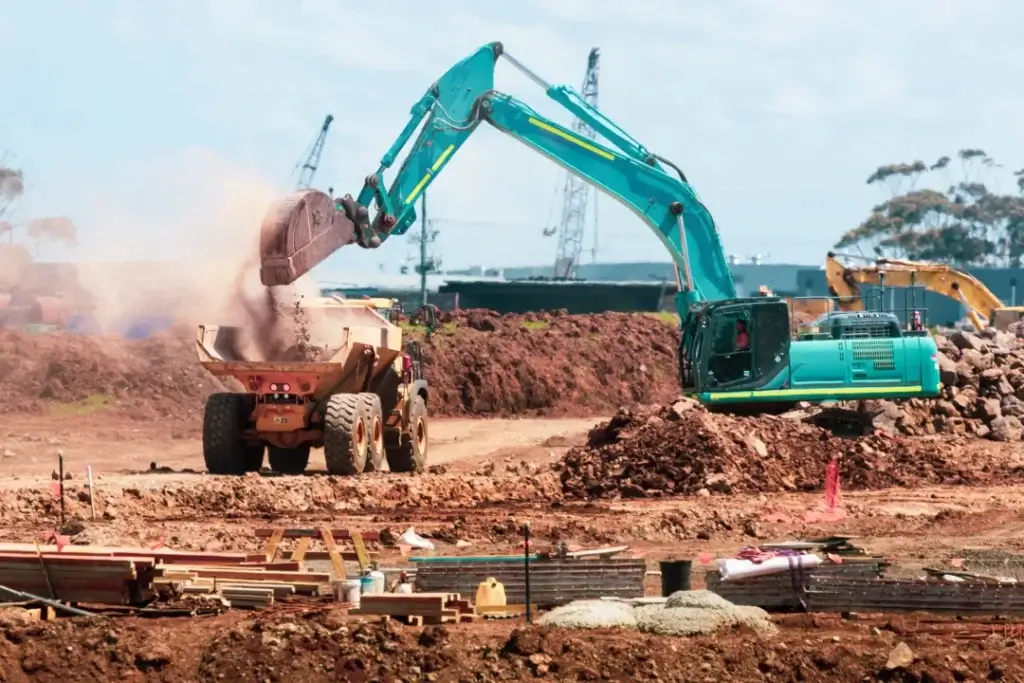Access the A201®–2017
To purchase a one-time use license for this document, visit the link below:
A201®–2017, General Conditions of the Contract for Construction
Interested in getting unlimited access to our full 250+ library of agreements and forms?
Visit the link to learn more: https://shop.aiacontracts.com/unlimited-subscription
July 11, 2022
Understanding the AIA A201-2017 DSC Clause
In construction, differing site conditions (DSC) refer to unexpected or concealed conditions that arise during a project, leading to significant challenges for contractors. These are outlined in Section 3.7.4 of the AIA A201-2017 General Conditions of the Contract for Construction, commonly known as the “differing site conditions” clause. The clause specifies:
“If the Contractor encounters conditions at the site that are (1) subsurface or otherwise concealed physical conditions that differ materially from those indicated in the Contract Documents or (2) unknown physical conditions of an unusual nature that differ materially from those ordinarily found to exist and generally recognized as inherent in construction activities of the character provided for in the Contract Documents, the Contractor shall promptly provide notice to the Owner and the Architect before conditions are disturbed…”
This clause helps protect contractors from unforeseen conditions that could delay a project or increase costs. The clause divides differing site conditions into two main types: Type One DSC and Type Two DSC.
Type One DSC: Subsurface or Concealed Physical Conditions
A Type One DSC occurs when the contractor encounters subsurface or concealed physical conditions that are significantly different from what was detailed in the contract documents. These types of conditions are unexpected and affect the construction process.
Example of Type One DSC:
Imagine a contractor plans to excavate for a foundation based on the geotechnical report provided in the contract documents. The report indicates loose sand at the foundation’s location. However, when the contractor begins excavation, they unexpectedly find large boulders. In this case, the contractor has encountered a Type One DSC because the actual condition is materially different from what was indicated in the contract documents.
Type Two DSC: Unusual Physical Conditions of an Unexpected Nature
A Type Two DSC arises when the contractor encounters unusual physical conditions that differ from what they reasonably expected to find, based on experience or general industry knowledge. These conditions are not necessarily detailed in the contract documents but are so uncommon or unusual that they are not considered part of the typical construction environment.
Example of Type Two DSC:
Let’s consider a scenario where a contractor is excavating for a foundation without the aid of a geotechnical report. The contractor has previously excavated many foundations in the area and is familiar with the typical conditions, expecting to find loose sand. However, upon excavation, the contractor unexpectedly finds boulders instead of sand. This is a Type Two DSC, as the condition encountered was materially different from what the contractor anticipated based on their experience.
Legal Implications of Differing Site Conditions
Both Type One and Type Two DSCs carry legal implications that contractors must navigate carefully. According to the AIA contract clause, the contractor is required to promptly notify the owner and architect when such conditions are discovered. This early notification ensures that the issue is addressed before work progresses, which can help prevent delays or disputes over project costs.
How Contractors Should Address DSCs
When a differing site condition arises, contractors must follow the process outlined in the contract to address the issue effectively:
- Notify the Owner and Architect – As soon as a DSC is encountered, it’s crucial to inform the relevant parties in writing, as outlined in the AIA A201-2017 General Conditions. This avoids unnecessary delay and ensures transparency.
- Document the Condition – Contractors should document the differing condition thoroughly, including photos or reports, to support their claim.
- Evaluate the Impact – Assess how the condition will affect project timelines and costs. Contractors should request a change order if additional costs are incurred due to the DSC.
Key Steps for Contractors When Encountering DSCs
- Identify and Assess: When encountering differing site conditions, the first step is identifying the condition and assessing how it impacts the project.
- Notify Key Stakeholders: Contractors should notify the owner and architect in writing before proceeding with any work that could be impacted by the condition.
- Request a Change Order: If the DSC results in additional costs or delays, contractors should request a change order to account for the unforeseen condition.
Importance of Geotechnical Reports in Preventing DSCs
A geotechnical report can help prevent Type One DSCs by providing detailed information about subsurface conditions. Contractors should ensure that the information in these reports is accurate and comprehensive, reducing the risk of encountering differing conditions during excavation or other site work.
How to Notify the Owner and Architect About DSCs
The key to managing DSCs effectively is prompt notification. Contractors must follow the contract’s procedures for notifying the owner and architect, which typically involves:
- Providing written notice of the differing condition
- Describing the nature of the condition and how it differs from the expectations set out in the contract documents
- Documenting the impact the DSC may have on the project schedule and budget
Final Thoughts on Differing Site Conditions
Differing site conditions are an important aspect of construction contracts that contractors must address carefully. By understanding the AIA A201-2017 DSC clause, contractors can better navigate unexpected conditions and avoid costly delays or disputes. Clear communication, documentation, and timely action are essential when dealing with DSCs.
AIA Contract Documents has provided this article for general informational purposes only. The information provided is not legal opinion or legal advice and does not create an attorney-client relationship of any kind. This article is also not intended to provide guidance as to how project parties should interpret their specific contracts or resolve contract disputes, as those decisions will need to be made in consultation with legal counsel, insurance counsel, and other professionals, and based upon a multitude of factors.

